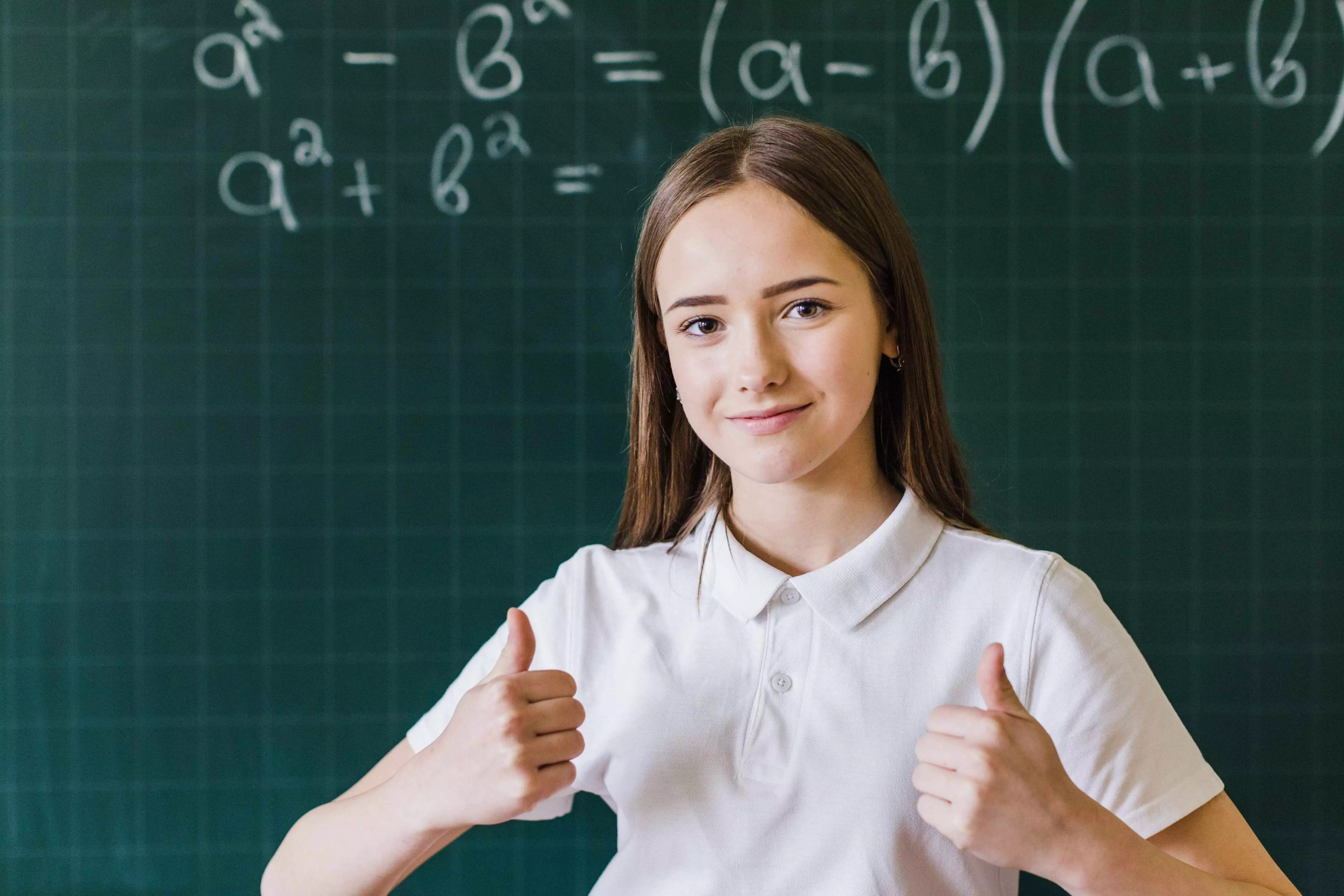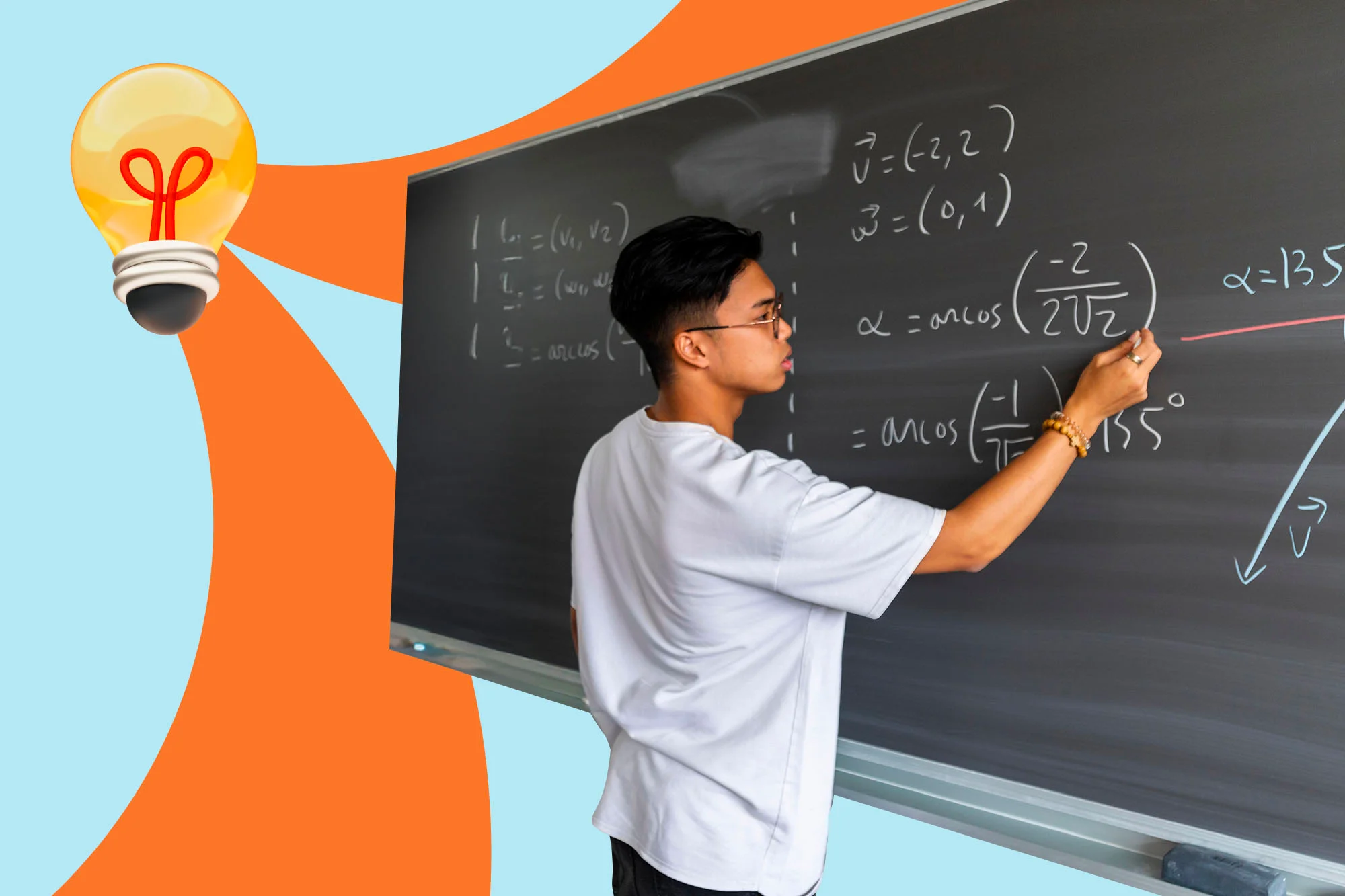Why advanced algebra concepts drive success for higher-level math
Wiki Article
The Comprehensive Coverage of Algebra 2 Tutoring: Trick Concepts and Abilities for Proficiency
Algebra 2 tutoring supplies a wide spectrum of crucial principles and abilities required for trainees to accomplish proficiency in maths. This encompasses an in-depth understanding of polynomial functions, intricate numbers, and logarithmic equations, to name a few. Each topic constructs on the previous one, creating a natural structure for problem-solving. The application of these ideas in real-world situations highlights their significance. There stay important locations that can better boost a trainee's mathematical journey.Comprehending Polynomial Features
How do polynomial functions shape the landscape of algebra? These essential expressions, including variables increased to non-negative integer powers, act as the foundation of numerous algebraic ideas. They can be defined by their degree, which indicates the greatest power of the variable, and their coefficients, which figure out the function's habits. Polynomial functions show distinct buildings, such as connection and smoothness, enabling them to design a variety of real-world situations. Their visual representations include curves that can demonstrate different actions, including intercepts and turning factors. Comprehending polynomial functions entails understanding procedures such as enhancement, subtraction, reproduction, and division, along with factoring techniques. This foundational expertise is crucial for resolving formulas and inequalities. By understanding polynomial features, trainees develop crucial analytical abilities and get insight right into extra complex mathematical concepts, leading the way for innovative studies in algebra and beyond.Mastering Complicated Numbers

Interpretation and Residence
Complex numbers, a keystone of sophisticated algebra, prolong the principle of one-dimensional number lines to a two-dimensional airplane. Defined as varieties of the kind (a + bi ), where (a) and (b) are actual numbers and (i) represents the fictional unit with the property (i ^ 2 = -1 ), these numbers possess one-of-a-kind homes. The actual part (a) suggests the horizontal axis, while the imaginary part (b) shows the vertical axis in the complicated aircraft. Trick residential or commercial properties include their ability to represent remedies to polynomial formulas that do not have genuine remedies and their closure under enhancement, department, reproduction, and reduction (except by no) This framework enables for a much deeper understanding of mathematical principles and applications throughout different fields.Procedures With Facility Numbers
Operations with complex numbers form an essential facet of algebra that enhances mathematical understanding and analytic capabilities. Complex numbers, expressed in the form (a + bi), where (a) and (b) are genuine numbers, require specific procedures like enhancement, subtraction, reproduction, and division.Enhancement and reduction entail incorporating like terms, while reproduction uses the distributive residential or commercial property and the fact that (i ^ 2 = -1) Department of complex numbers necessitates multiplying the numerator and denominator by the conjugate to remove the imaginary part in the common denominator. algebra 2 tutoring.
These procedures not only enhance fundamental algebra skills yet also prepare pupils for more innovative subjects, such as polynomial formulas and quadratic features. Mastery of intricate number operations gears up learners with essential analytical tools.
Exploring Logarithmic Equations
In the research of logarithmic formulas, understanding the buildings of logarithms is crucial for effective analytical. These properties provide the foundational tools needed to adjust and simplify logarithmic expressions. By grasping these ideas, pupils can confidently tackle a range of logarithmic formulas.Understanding Logarithm Residences
Logarithm residential properties play a vital function in streamlining and solving logarithmic formulas, using a systematic technique to recognizing their actions. These homes consist of the product, power, and quotient policies. The item rule mentions that the logarithm of a product is the sum of the logarithms of its factors. On the other hand, the quotient regulation suggests that the logarithm of a ratio is the distinction of the logarithms. The power rule reveals that the logarithm of a number raised to a backer can be revealed as the exponent multiplied by the logarithm of the base. Mastery of these properties boosts one's capability to manipulate logarithmic expressions, providing a structure for tackling more complex equations and functions come across in innovative algebra.Addressing Logarithmic Equations
How can one effectively resolve logarithmic formulas? To deal with these equations, it is important to use properties of logarithms. First, one need to consolidate logarithmic expressions using the power, quotient, and product policies. This simplification typically transforms the formula into a much more workable form. Next off, converting logarithmic formulas to their rapid type can reveal the unidentified variable. The formula (log_b(x) = y) converts to (x = b ^ y ) Furthermore, examining options is necessary to assure they do not generate additional results, especially when taking care of logarithms. By systematically using these techniques, people can with confidence browse and fix logarithmic equations, improving their general understanding and proficiency of this mathematical idea.Evaluating Sequences and Collection
Sequences and collection might originally appear complex, they are basic concepts in algebra that reveal patterns and relationships within numbers. A sequence is a checklist of numbers set up in a particular order, generally defined by a formula or regulation. Comprehending the kinds of series, such as arithmetic and geometric sequences, allows students to recognize the underlying patterns properly.On the other hand, a read review collection is the amount of the terms of a series. Examining collection entails recognizing finite and boundless series, as well as determining their sums when suitable. Students discover crucial methods, such as using solutions for the sum of math and geometric series, which streamline estimations.
Grasping series and series gears up pupils with necessary analytical skills, enabling them to deal with extra complex mathematical ideas. This foundation is crucial for their continued success in algebra and higher-level mathematics.
Solving Sensible Expressions and Formulas

When solving sensible formulas, one must isolate the variable, usually by cross-multiplying to get rid of the fractions. It is very important to inspect for extraneous remedies, as increasing both sides can introduce values that do not please the original formula. On top of that, students should be mindful of constraints on the variable, as certain worths can make the absolutely no, providing the expression undefined.
Grasping Conic Sections
Conic sections are geometric figures derived from the junction of an airplane and a dual cone. These sections consist of circles, ellipses, parabolas, and hyperbolas, each identified by distinct buildings and equations. Comprehending conic sections is important for pupils as they explore the connections between algebra and geometry.
Circles are defined by a consistent distance from a facility point, while ellipses arise from an aircraft reducing with both cones, creating a shut curve. Parabolas arise from an airplane alongside the axis of the cone, portraying a U-shaped chart. Hyperbolas, on the other hand, take place when the aircraft halves both converges of the cone, resulting in two unique, open curves.
In Algebra 2, mastering conic areas involves acknowledging their standard formulas, graphing them properly, and recognizing their essential functions, such as vertices, axes, and foci. This fundamental expertise prepares students for advanced mathematical concepts.
Using Graphs and functions
Features and charts work as essential devices in Algebra 2, enabling pupils to design relationships in between variables and envision mathematical principles. Proficiency of these components allows students to analyze data, recognize fads, and make forecasts based upon well-known patterns. Trainees explore numerous sorts of functions, consisting of straight, square, polynomial, sensible, and exponential, each with distinct attributes and applications.Graphing these features involves recognizing essential functions such as intercepts, asymptotes, and slopes, which give understandings right into their actions. In addition, trainees learn to transform functions through reflections, changes, and stretches, improving their capacity to control and analyze graphical depictions.
Using functions in real-world contexts additionally strengthens comprehension, as trainees take on issues involving profit margins, population growth, and physics formulas. This functional application bridges theoretical understanding with tangible outcomes, cultivating a deeper admiration for the relevance of features and charts in everyday life.
Regularly Asked Questions
Just How Can I Enhance My Problem-Solving Skills in Algebra 2?
To boost problem-solving abilities in Algebra 2, one should practice regularly, seek varied problems, utilize on the internet sources, team up with peers, and concentrate on understanding underlying principles as opposed to memorizing procedures, promoting deeper understanding and application.What Resources Are Suggested for Extra Algebra 2 Practice?
Advised resources for additional Algebra 2 practice include online systems like Khan Academy, textbooks with technique problems, and tutoring services. Taking part in mathematics forums can likewise supply varied problem-solving techniques and joint discovering possibilities.Exist Online Tutoring Options Available for Algebra 2?
Yes, many on the internet tutoring choices exist for Algebra 2 (algebra 2 tutor). Platforms like Khan Academy, Chegg Tutors, and Wyzant offer customized help, video clip lessons, and interactive exercises, catering to numerous discovering styles and timetables for pupils seeking assistanceJust how Do I Prepare for Algebra 2 Tests Successfully?
To prepare efficiently for Algebra 2 tests, one should evaluate key concepts, practice problems consistently, make use of on-line resources, form research groups, and take practice examinations to identify toughness and weaknesses for targeted improvement.What Are Typical Misunderstandings Students Have in Algebra 2?
Pupils often misunderstand the significance of fundamental ideas, believing they can miss prerequisites. They might also fight with abstract reasoning, puzzling functions with equations, and misinterpreting the role of variables in algebraic expressions.Grasping complex numbers my website is crucial for trainees helpful site in Algebra 2, as these numbers expand the genuine number system to fix equations that do not have real solutions. These operations not just reinforce foundational algebra abilities yet likewise prepare students for more sophisticated subjects, such as square features and polynomial formulas. Logical expressions and formulas represent vital parts of algebra, involving fractions where the numerator and common denominator are polynomials. In Algebra 2, mastering conic sections entails identifying their conventional formulas, graphing them precisely, and identifying their essential attributes, such as vertices, emphases, and axes. Applying features in real-world contexts even more solidifies understanding, as students deal with issues entailing earnings margins, population development, and physics formulas.
Report this wiki page